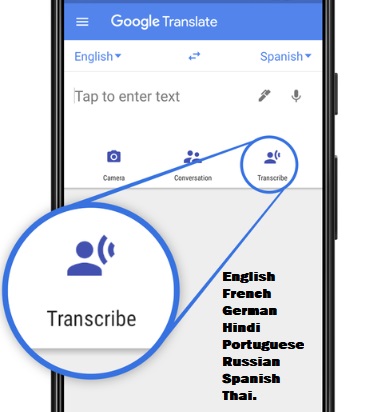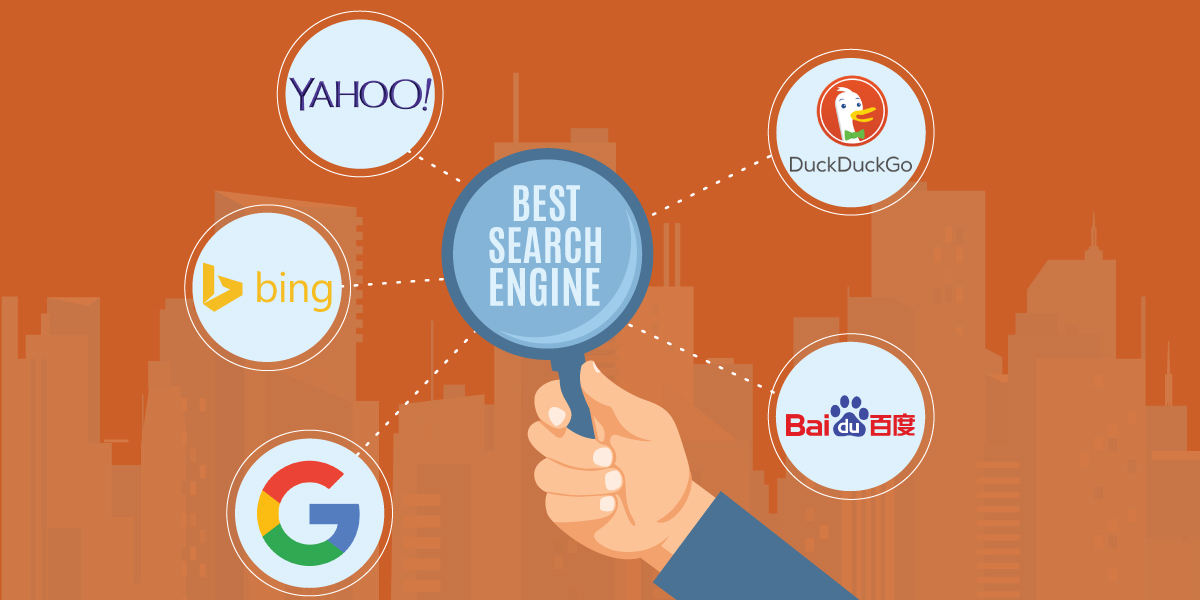Careers are changing with each passing time; many future graduates will be in positions that do not even exist today. Each industry is now developing products that revolve around human needs. The market has changed, and companies are now starting to concentrate on feedback from users like never before. Products developed nowadays are more human-centric and further, we will know more about this theory.
Human-centric creativity is a form of management that explores solutions to problems by including the human perspective, people at all stages of the process of problem-solving. Apparently, designers and marketers are optimistic their proposals can turn into the right solution if they remain linked to the attitudes and needs of the people they are designing for. This is the most loved strategy nowadays. In other words, human-focused innovation is a type of customer Centricity that has gone beyond short-term projects and has become a distinct part of the creative organizations.
Process of human-centric innovation:
- Inspiration phase – This step is about learning from your target you are designing and developing for. During this step, you learn the reality of what the community members around you are going through, what their thoughts are, etc. You just don’t observe here but also witness the member’s active involvement around you. By the end of this process, you need to know the behavior patterns, the pain points and the areas where users have trouble doing something. This is, in short, putting yourself into someone’s shoes.
- Ideation Phase – You develop knowledge of all the experience you have acquired, you begin brainstorming ideas, and you find design opportunities.
- Prototyping phase – You create a prototype of your idea and its best possible solutions. This prototype is tangible and gives you something to test on. You are making a prototype of your concept and its best ideas possible. The idea behind creating a prototype is not to find a perfect solution but to make sure the solution is on track.
- User feedback – Here your built prototype is given into public hands for their valued feedback. It is a crucial step, as without understanding human needs, you will not know whether the solution is going correctly and whether it is according to human needs.
- Iteration – Upon receiving feedback from users, if there are any variations you can make changes accordingly. You keep on iterating and checking in this process. It works as a kind of refining your solution or product. You’ll learn something new with each iteration.
- Implementation Phase – With the end-user, you have validated the utility of your approach and got your message right, it’s time to get your idea out into the world.
Human-based creativity is, as you could see, a mechanism used to create new ideas for the world. Such approaches can include products, programs, cultures, organizations and multiple interaction modes.
Benefits of Human-centric innovations:
- Enhances user experience.
- Additional help costs decrease as users can understand the products on their own and with ease.
- Redesigning and redeveloping costs decreases.
- Customer satisfaction rate increases.
- Lesser risk of product failure.
- Your productivity is growing because you’re not wasting time behind things that have no impact. The product is expected to excel in being customer centric.
Finding possibilities in the things you experience and finding solutions for them is not a particularly new concept, this approach is based on a long history of innovations. The concept behind this theory is to create a truly creative and useful product.



